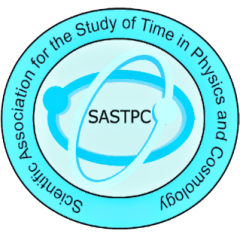Thursday, July 24, 2014
The future of ultrashort laser pulses

Searching for water in the Milky Way, drier than first thought

Neck of Rosetta’s ‘rubby duckie’ comet shows a bright ring

Calling for a debate over Pluto’s nature

The birth of topological spintronics

China Plans Supercollider

Higgs and top: a new window on dark matter

Unleashing the power of quantum dot triplets

One approach of making computers faster relies on quantum dots, a kind of artificial atom, easily controlled by applying an electric field. A new study demonstrates that changing the coupling of three coherently coupled quantum dots with electrical impulses can help better control them. (Credit: Tooski, S. B. et al.)
Still confused about quantum computing? This may help


